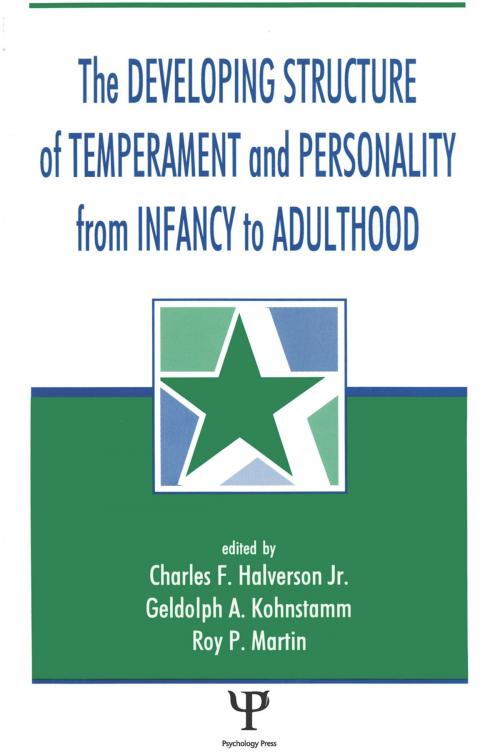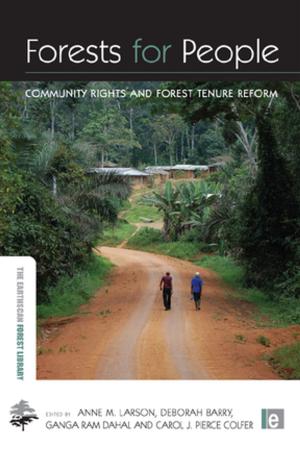The Developing Structure of Temperament and Personality From Infancy To Adulthood
Nonfiction, Health & Well Being, Psychology, Developmental Psychology| Author: | ISBN: | 9781317781783 | |
| Publisher: | Taylor and Francis | Publication: | May 12, 2014 |
| Imprint: | Psychology Press | Language: | English |
| Author: | |
| ISBN: | 9781317781783 |
| Publisher: | Taylor and Francis |
| Publication: | May 12, 2014 |
| Imprint: | Psychology Press |
| Language: | English |
This book is the first to bring together researchers in individual differences in personality and temperament to explore whether there is any unity possible between the temperament researchers of infancy and childhood and the major researchers in adult personality. Prior to the workshop which resulted in this volume, the existing literature seemed to document a growing consensus on the part of the adult personality researchers that five major personality dimensions -- the "Big Five" -- might be sufficient to account for most of the important variances in adult individual differences in personality. In contrast to this accord, the literature on child and infant individual differences seemed to offer a wide variety of opinions regarding the basic dimensions of difference in personality or temperament. The editors believed that they could encourage researchers from both the adult and child areas to consider the importance of a lifespan conceptualization of individual differences by discussing their research in terms of a continuity approach.
Written by some of the most distinguished scholars from Great Britain, continental Western Europe, and Eastern Europe as well as the United States and Canada, the chapters present a cross-cultural view of both adult personality and temperament in infancy and childhood. By sharing their recent data, techniques, and theoretical speculations, the chapter authors communicate the research enthusiasm engendered by the growing consensus of the adult "Big Five" as well as the exciting prospects of an integrative program of research from infancy to adulthood that will clarify and consolidate what is now a disparate set of methods, theory, and findings across the lifespan. The editors suggest that this volume will have considerable heuristic value in stimulating researchers to conceptualize their work in developmental, lifespan approaches that will lead to a consolidation of individual differences research at every age.
This book is the first to bring together researchers in individual differences in personality and temperament to explore whether there is any unity possible between the temperament researchers of infancy and childhood and the major researchers in adult personality. Prior to the workshop which resulted in this volume, the existing literature seemed to document a growing consensus on the part of the adult personality researchers that five major personality dimensions -- the "Big Five" -- might be sufficient to account for most of the important variances in adult individual differences in personality. In contrast to this accord, the literature on child and infant individual differences seemed to offer a wide variety of opinions regarding the basic dimensions of difference in personality or temperament. The editors believed that they could encourage researchers from both the adult and child areas to consider the importance of a lifespan conceptualization of individual differences by discussing their research in terms of a continuity approach.
Written by some of the most distinguished scholars from Great Britain, continental Western Europe, and Eastern Europe as well as the United States and Canada, the chapters present a cross-cultural view of both adult personality and temperament in infancy and childhood. By sharing their recent data, techniques, and theoretical speculations, the chapter authors communicate the research enthusiasm engendered by the growing consensus of the adult "Big Five" as well as the exciting prospects of an integrative program of research from infancy to adulthood that will clarify and consolidate what is now a disparate set of methods, theory, and findings across the lifespan. The editors suggest that this volume will have considerable heuristic value in stimulating researchers to conceptualize their work in developmental, lifespan approaches that will lead to a consolidation of individual differences research at every age.















